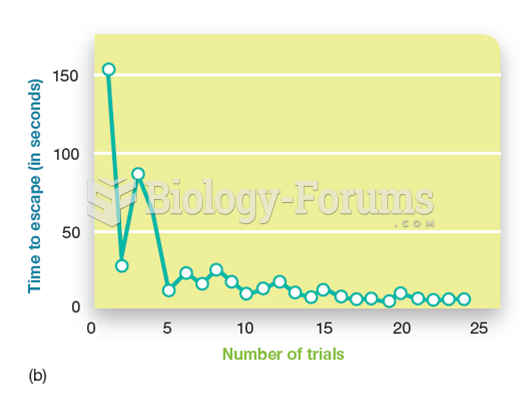Answer to Question 1
Answer: B
Explanation: B) The size of your audience, the venue (in person or online), your subject, your purpose, your budget, and the time available for preparation all influence the style of your presentation. If you're speaking to a small group, particularly people you already know, you can use a casual style that encourages audience participation. A small conference room, with your audience seated around a table, may be appropriate.
Answer to Question 2
Answer: With a well-defined main idea to guide you and a clear idea about the scope of your presentation, you can begin to arrange your message. If you have 10 minutes or less, consider organizing your presentation much as you would a letter or other brief message: Use the direct approach if the subject involves routine information or good news and use the indirect approach if the subject involves bad news or persuasion. Plan your introduction to arouse interest and to give a preview of what's to come. For the body of the presentation, be prepared to explain the who, what, when, where, why, and how of your subject. In the final section, review the points you've made and close with a statement that will help your audience remember the subject of your speech. Longer presentations are often organized more like reports. If the purpose is to motivate or inform, you'll typically use the direct approach and a structure imposed naturally by the subject: comparison, importance, sequence, chronology, geography, or category. If your purpose is to analyze, persuade, or collaborate, organize your material around conclusions and recommendations or around a logical argument. Use the direct approach if the audience is receptive and the indirect approach if you expect resistance.







